In today’s increasingly scrutinized oral care market, few issues generate more alarm than chemical residues left behind on products. When these residues lead to throat irritation, manufacturers and distributors are right to question: Are we dealing with a minor nuisance or a serious toxicological hazard? In this article, we will explore how chemical remnants build up, why they provoke throat discomfort, and what proactive measures can safeguard both user health and your brand reputation.
Chemical residues refer to trace amounts of solvents, detergents, or production byproducts that remain on the surface of a product after manufacturing. Typical sources include:
While often invisible, these residues can interact with mucosal tissues upon use, especially in devices like toothbrushes, trays, and irrigators that spend prolonged time in the mouth.
Throat irritation occurs when chemical traces dissolve into saliva and migrate to the back of the throat, where delicate mucosal linings are highly sensitive. Over time, this can lead to:
For B2B customers, repeated complaints of throat discomfort can quickly erode product confidence and trigger returns. Company web: https://www.powsmart.com/product/electric-toothbrush/
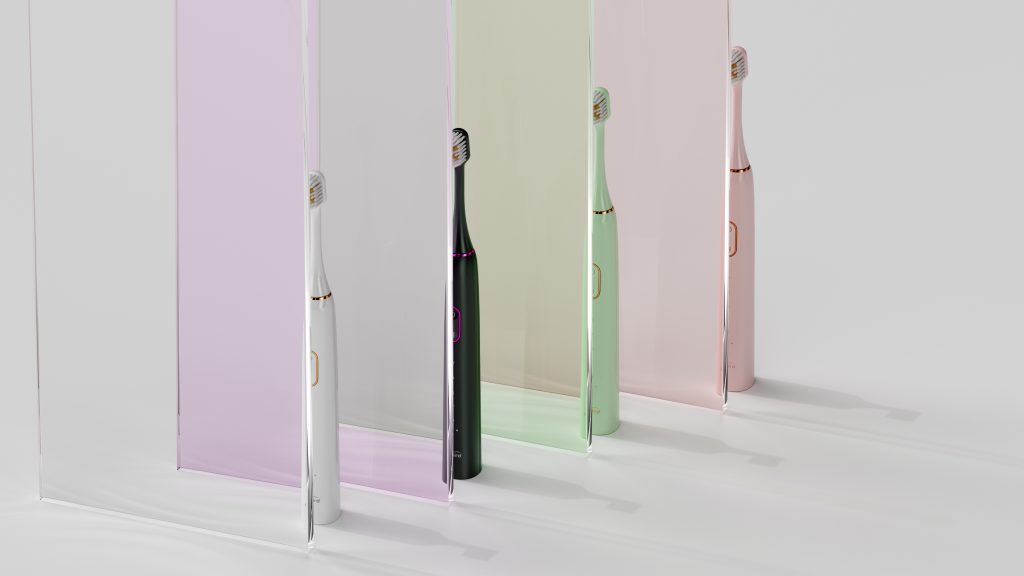
This is the critical question. Not all throat irritation signifies toxicity, but repeated exposure to chemical residues can be harmful. Several factors determine the risk:
If left unaddressed, what starts as irritation could escalate to chronic inflammation or secondary infections.
Differentiating normal sensitivity from a contamination problem requires careful observation. Look for patterns such as:
In such cases, lab analysis of swab samples can pinpoint which chemical residues are responsible.
Preventing throat irritation requires a combination of engineering controls and process improvements:
These investments demonstrate your commitment to user safety and regulatory compliance.
Beyond process improvements, effective communication is critical. Consider providing:
Empowering your partners with knowledge ensures faster resolution of concerns and reinforces trust.
While chemical residues and throat irritation may not always signal severe toxicity, ignoring these complaints is a recipe for regulatory and reputational damage. By implementing robust quality controls and transparent communication, manufacturers can confidently deliver safe, reliable oral care products—without hidden risks. Contact us
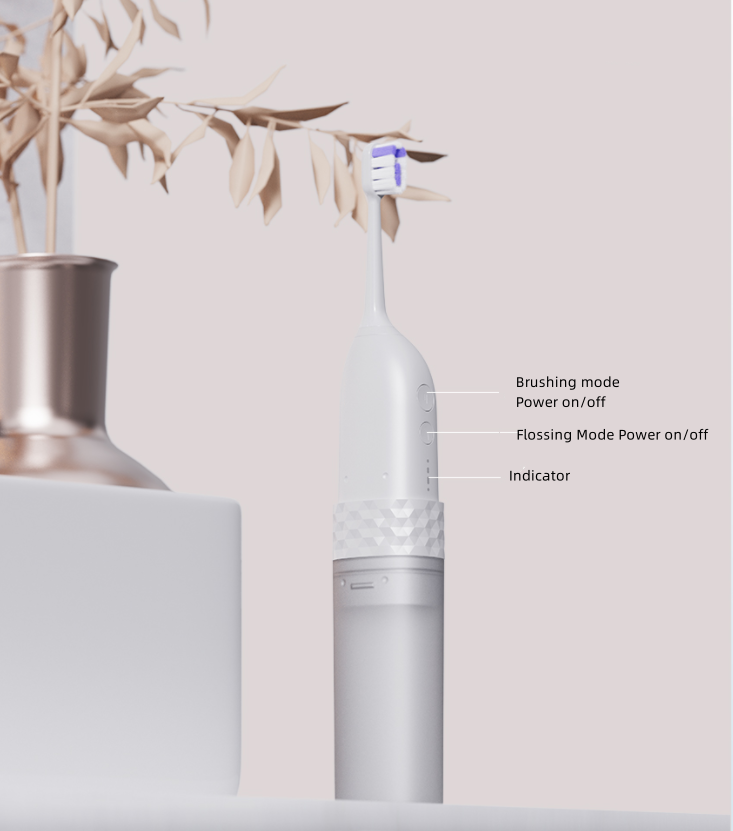
Electric Toothbrush for Dentists & Clinics – Custom Branding Options
Chip Overheating with Cavity Acceleration – Hidden Link?
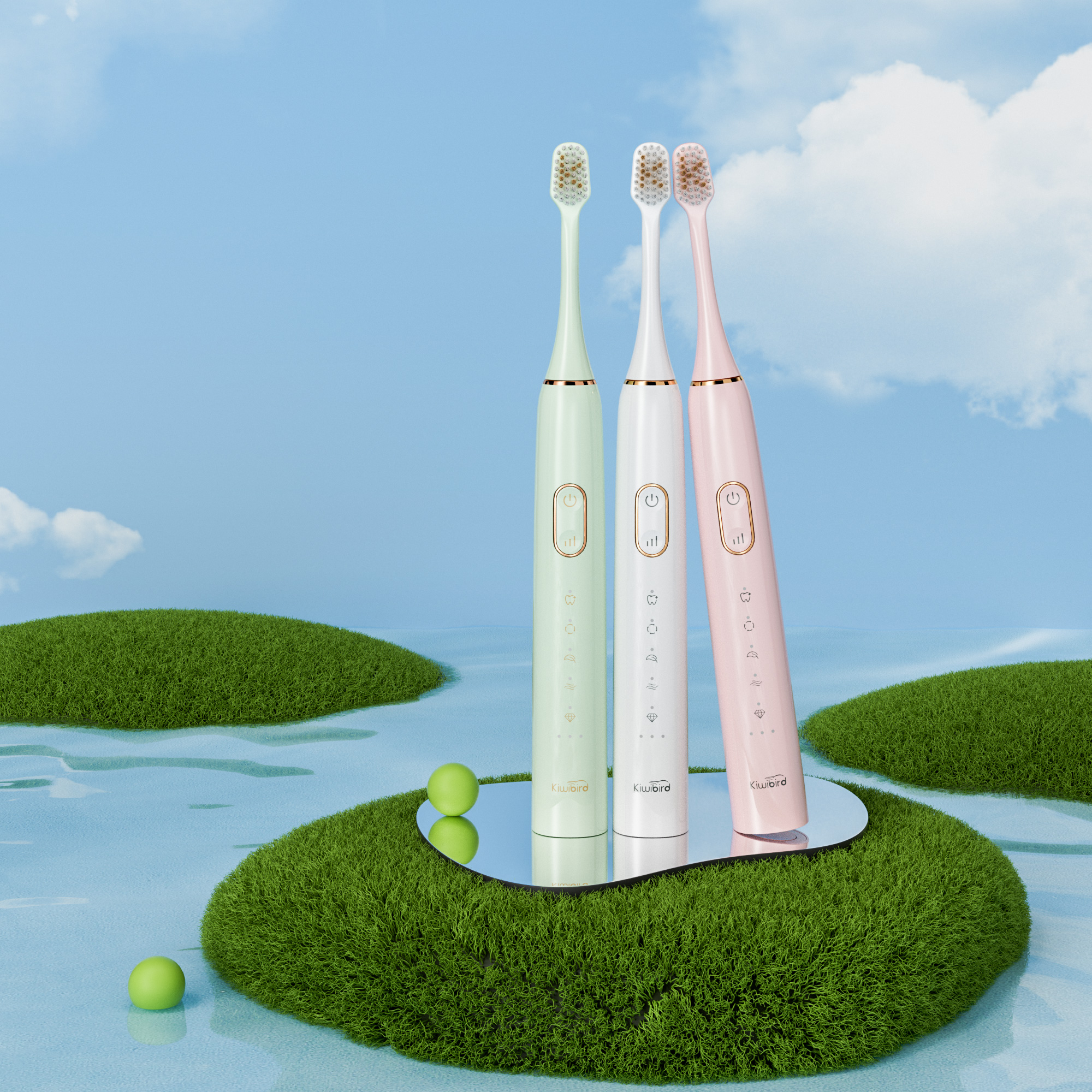
Does Clinical Gum Mode Really Work?
Enamel Scratching from Gum Irritation – Reversible?
-2-scaled.png)
Clinical Validation of Modern Teeth Whitening Technologies: A Guide for Oral Care Product Brands
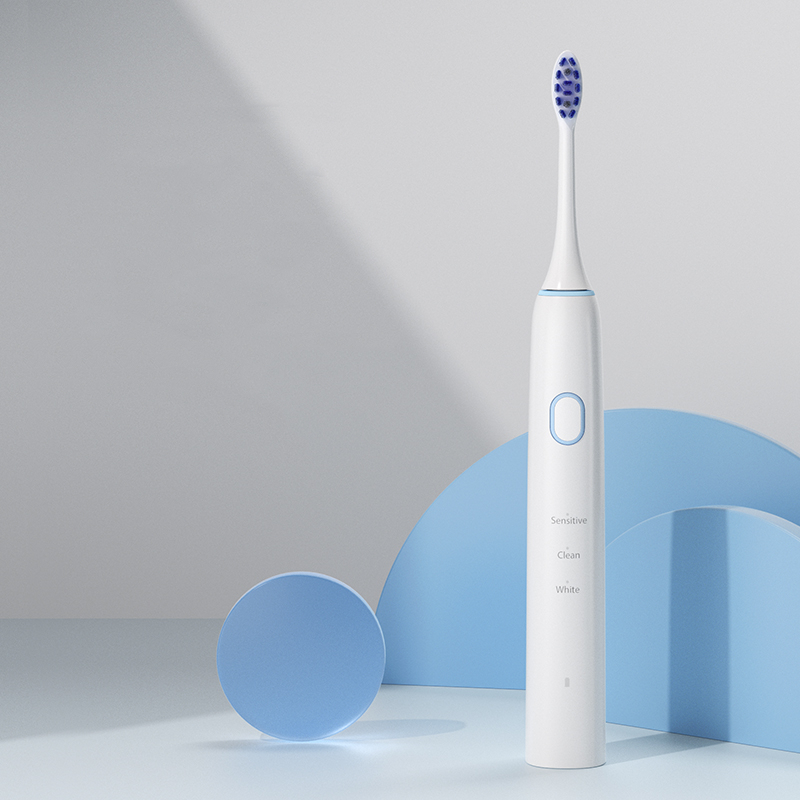
Low noise sonic technology for quiet electric toothbrush manufacturing
.jpg)
Gentle Sonic Vibrations Electric Toothbrush for Sensitive Teeth
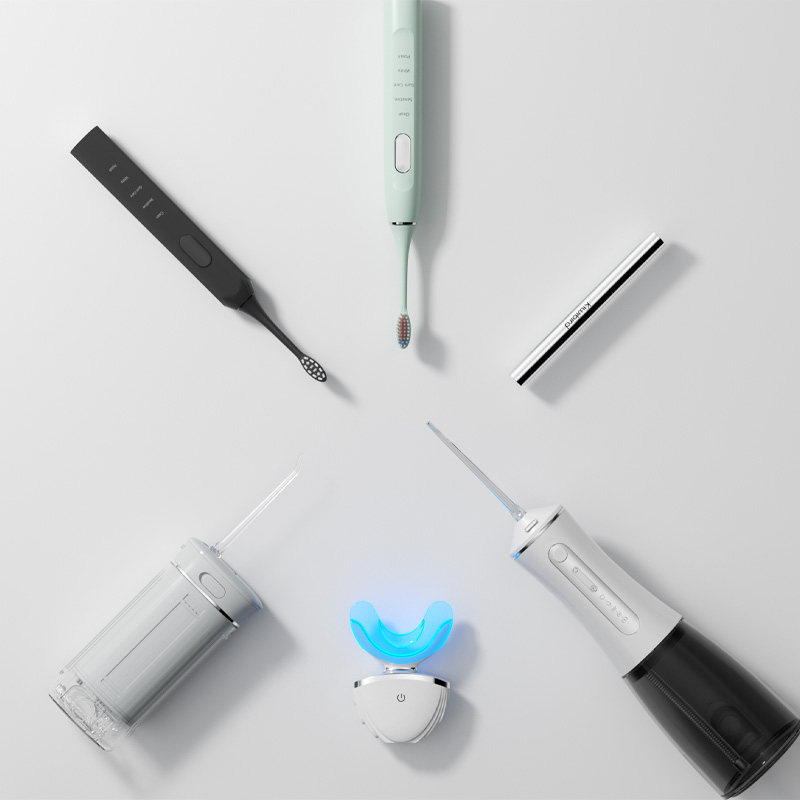
Market Potential of Electric Toothbrush & Whitening Device Combos
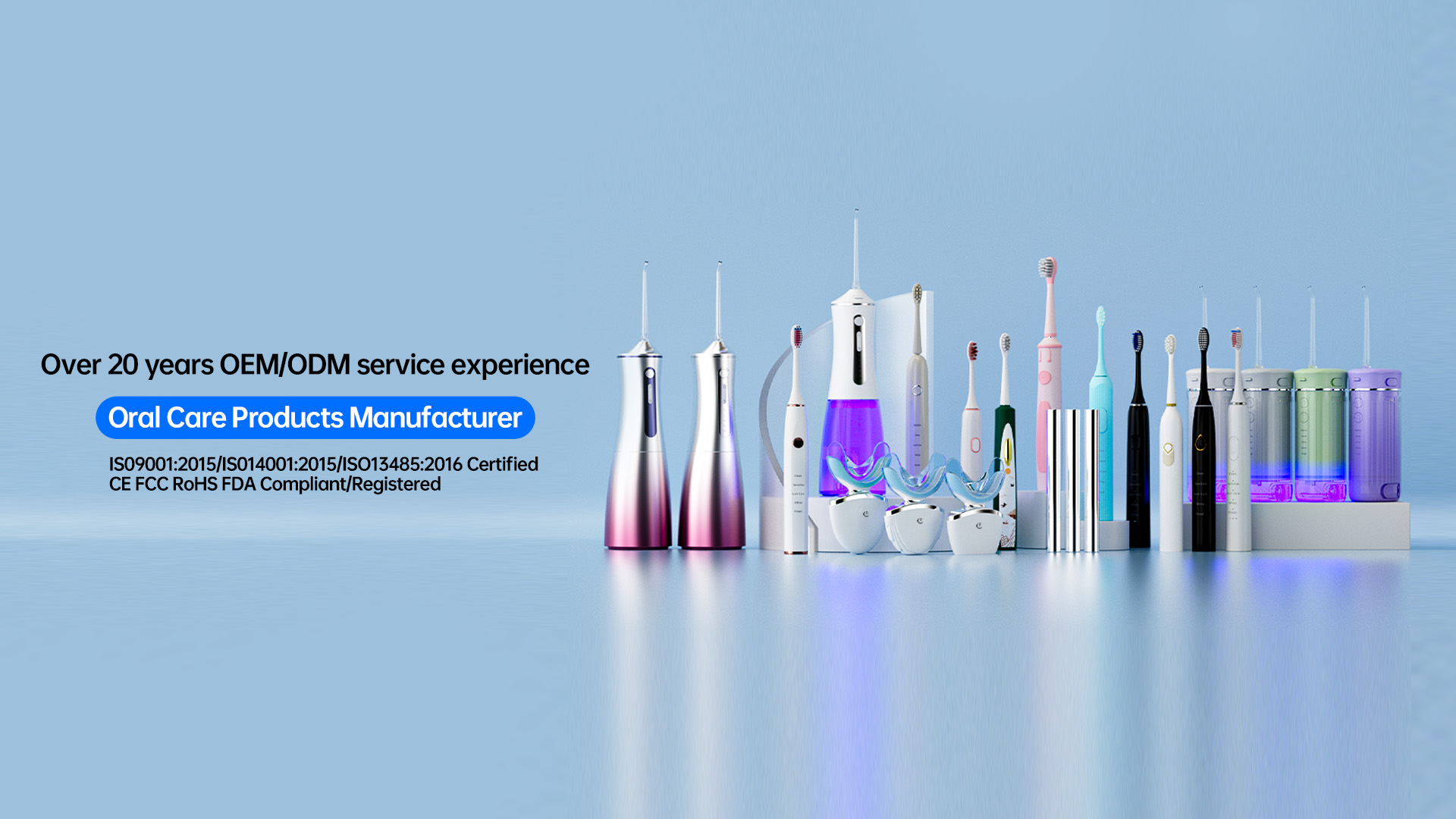
Building Winning Oral Care Brands in Competitive Markets
Head Detachment During Lip Abrasions – Design Fault?
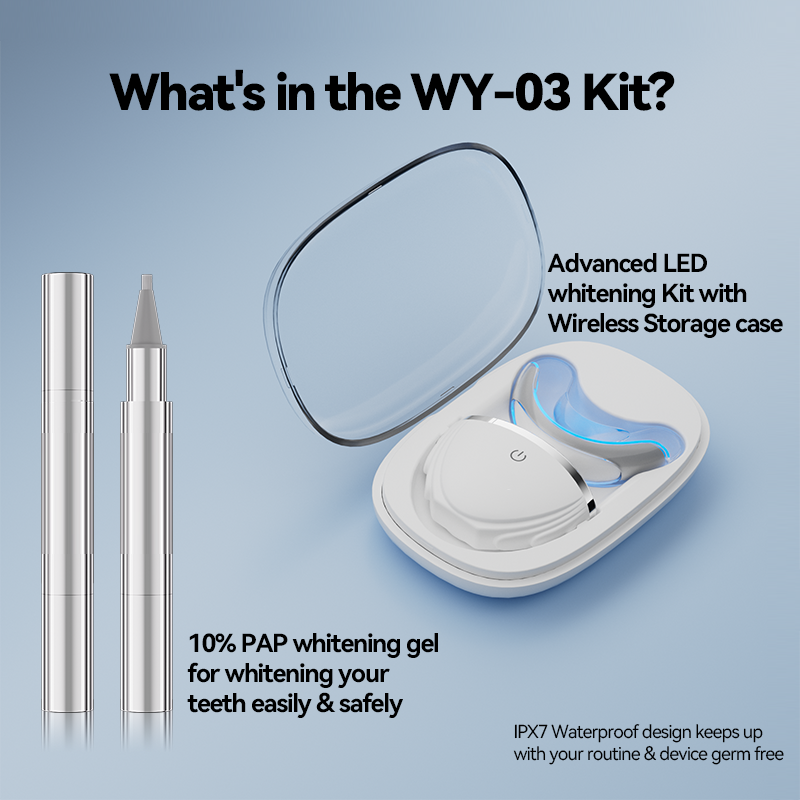
Clinical Results: Effectiveness of Home Teeth Whitening Device results
Handle Cracking and Sinus Pressure – Related?

Can Bluetooth Toothbrush Tracking Paired with a Smart Dental Coach Replace Your Dentist?

comprehensive oral care solutions: Why Consumers Prefer Them
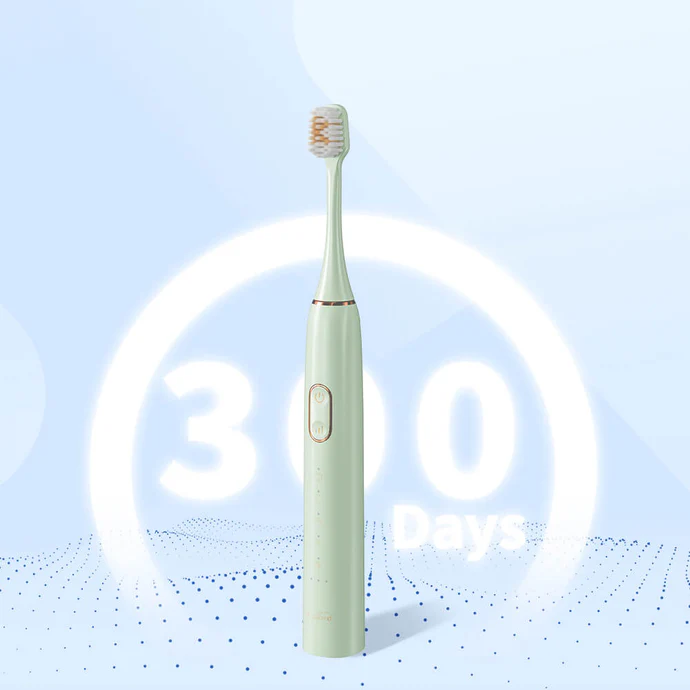
No Wonder Your Electric Toothbrush Burned Out When Charged Like This!

How Wireless Tech is Revolutionizing Oral Care Devices

electric toothbrush heads Charcoal Infuse-Round

Customization Teeth Whitening Gel

electric toothbrush heads Regular Clean

electric toothbrush heads Ultra Soft

Private Label Whitening Gel

Electric toothbrush heads Charcoal Infused-Diamond

electric toothbrush heads Deep Clean
.jpg)
Florida Electric Toothbrush – Powsmart PTR-C8
whstapp
whstapp
National Toll-Free Service Hotline
+86 755 86238638